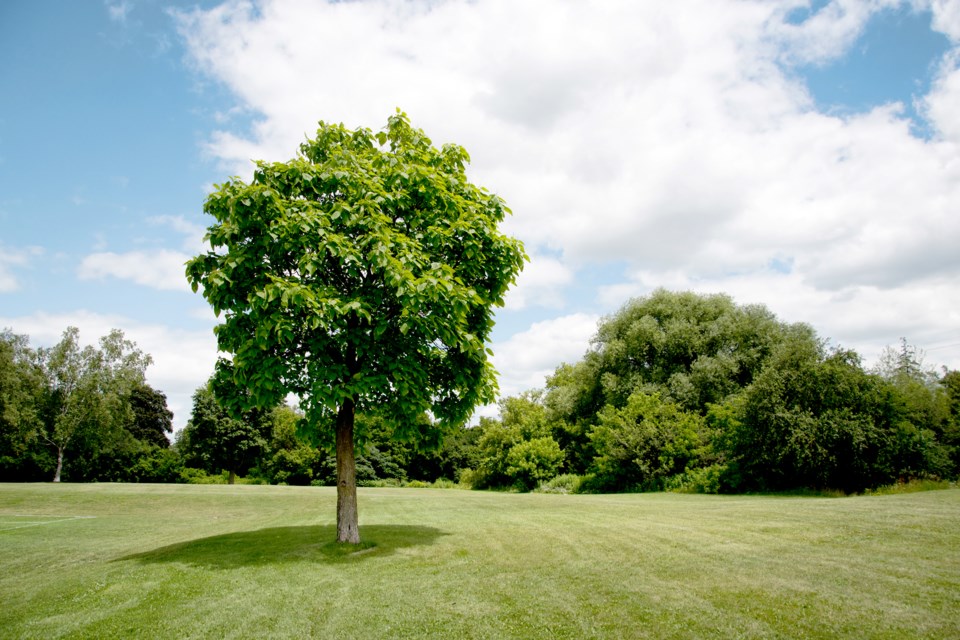This summer’s temperatures and rainfall has been within long-term averages, says an Environment Canada meteorologist, even if it felt cooler and wetter than usual.
While Guelph and area only experienced five days of 30-plus degree temperatures versus the eight to nine days in the long-term average, the overall temperatures for June, July and August were within averages, said Geoff Coulson, meteorologist with Environment Canada.
“I think that really was the thing that was missing in action this summer was the days of high heat and humidity. We didn’t really have very many (days) where the temperature got to 30 degrees of warmer and the humidex made it feel like high-30s or low-40s,” said Coulson.
“Really, with for the most part (temperatures) came in around normal, which I think may surprise folks who may have had the impression it was a cool summer,” he said.
The average temperature recorded in June was 17.9 degrees Celsius, slightly above the long-term average of 17.6.
July’s average temperature came in at 19.8 degrees, just shy of the 20 degree long-erm average and in August we saw an average of 18 degrees versus the long-term average of 18.9 degrees.
The warmest temperatures came early in the season, said Coulson.
“What’s interesting is four of those five days where we got to the 30 degree mark or warmer actually happened back in June. Only one day in July with 30-plus temperatures and no days in August,” he said.
Although daytime highs rarely peaked past the 30 degree mark, Coulson said warmer nights this summer kept the temperatures within range of the long-term averages.
"The overnight tempertures stayed on the mild side, keeping our average temperatures in that long-term range," he said.
Coulson called it a Goldilocks Summer — not too hot, not too cold.
As a meteorologist, Coulson is often offered praised or blamed for the weather.
“I had a real split camp in terms of people I talked to — some were patting me on the back saying, ‘job well done’ because they weren’t fans of heat and humidity, and then I got the stink eye from other folks who said ‘this is Canada. The summer is so short, bring on the heat and humidity.’” Quipped Coulson.
Rainfall this summer has also been within long-erm averages, said Coulson.
In June we experienced 80.1mm of precipitation, versus the long-term average of 82.4mm.
July was drier than the 98.6mm long-term precipitation average, with rainfall of 80.3mm and August was even drier, with just 52.7mm precipitation versus the 83.9mm long-term average.
The temperature and precipitation data was pulled from the Region of Waterloo International Airport weather station, which Coulson said may differ slightly from nearby Guelph.
“While being representative for the airport itself, some folks nearby could have seen more in the way of shower activity,” he said.
Although temperatures warmer than 30 degrees can sometimes be seen in September, Coulson said there isn’t much hope in the forecast for a second shot at summer.
“It doesn’t look like from the forecast we are really looking at temperatures getting that hot for September,” he said
